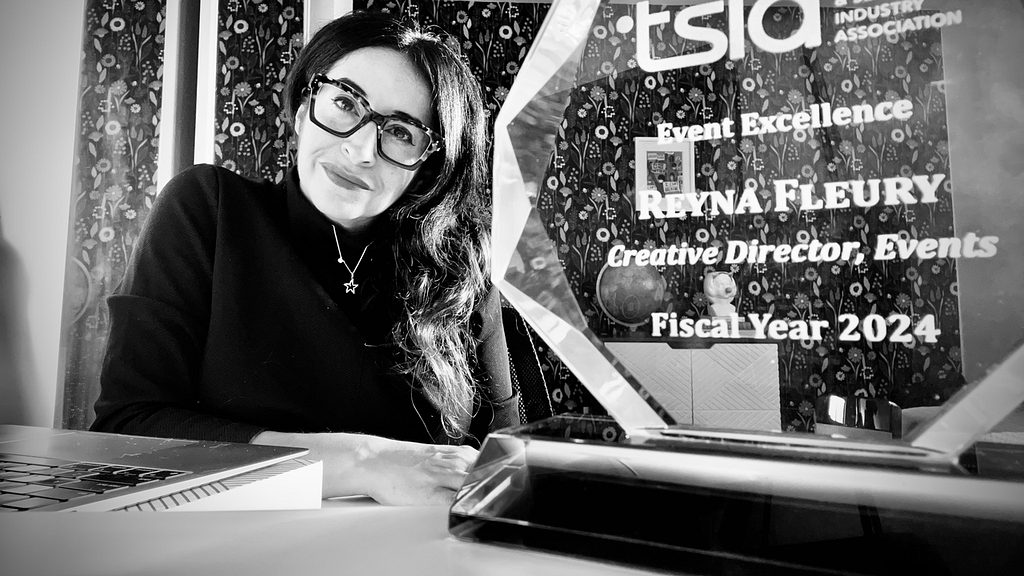Failure: Welcome to the dark side of success.

In the fast-paced and ever-evolving world of creativity, the role of a Creative Director is both exhilarating and challenging.
Is it possible for failure to be a driver of success?
Last week, I received an award for Design Excellence, earned from one of the toughest challenges I have endured in my career, one that almost felt like a failure at that moment.
Last fall, while producing our conference, we encountered several design and production issues, some avoidable and others completely out of our control. Long story short, we had been preparing and designing for months, with high expectations. In the eyes of our audience, we delivered a beautiful event.
It is within our diverse human nature to react to failure in many ways, and this situation was especially hard for me because we were caught off-guard. And while the damage wasn’t catastrophic, it was a stressful road to success felt by everyone on the team.
“Success is not Final, Failure is not Fatal, it’s the Courage to Continue that Counts.” – Diane von Furstenberg
I once asked a colleague, “How do you handle failure?” He answered, “With honesty.” He noticed that I wasn’t buying it and made an extra effort to explain himself, which was admirable, but he failed to convince me. Tackling failure with honesty can be a solid first step, but I believe we can take it a few steps further:
#1: Be accountable. I firmly believe that if it’s a win, you give credit where credit is due. But if it fails and I am the decision-maker, then the failure is on me. As a leader, you must be accountable for all decisions, good ones and bad ones. When you own your failure, you take away its negative power.
#2: Be adaptable. Be ready for change, uncomfortable change. Comfort is the enemy of change. Take a closer look at your processes, identify where you took that wrong turn that led to failure, question the why, and question everything. Then quickly adapt to more changes and lead the way toward a new approach.
#3: Be inclusive. In an era where culture holds the potential to revolutionize through people, dialogue is critical. Bring everyone to the table, listen, and be especially mindful of not losing diverse voices. By encouraging people to be part of the story, you will achieve a higher level of accountability from everyone.
Being a Creative Director is not just about delivering beautiful experiences; it’s about navigating through the challenges and failures that come with the creative process.
We live in a world where we often shine a light on our achievements to inspire others. But failure can be inspiring; learn from it, build resilience, and revolutionize how you and your team define your wins.